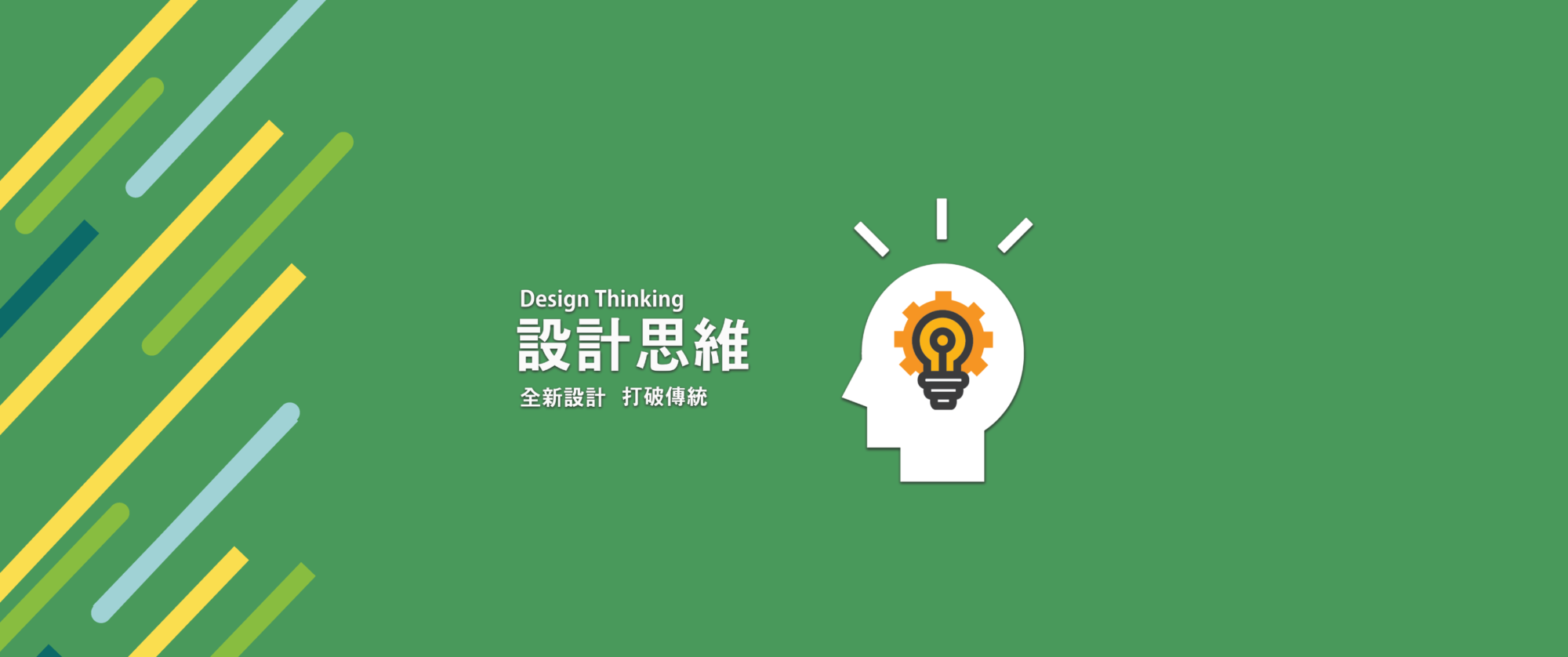觀察對象
面試溝通
找出客人真實需求
What is Design Thinking?
Design Thinking is a human-centered approach to innovation that emphasizes understanding user needs, problem-solving, and creating value. It combines creative thinking, observation research, and prototype testing to discover innovative solutions. The core of Design Thinking lies in focusing on user needs and contexts and continuously improving designs through experimentation and feedback.
In our daily lives, Design Thinking can help us tackle a wide range of problems, from simple everyday tasks to complex challenges. For example, if you find it difficult to decide what to wear every morning, you can apply the principles of Design Thinking to solve this problem. Start by observing and understanding your needs, preferences, and time constraints in the morning. Then, engage in creative thinking to explore various possible solutions, such as creating a clothing selection app or organizing a wardrobe system. Next, build prototypes and test them to see which solution best fits your needs. Through this process, you can find a solution that makes your morning clothing choices easier and more enjoyable.
In a work setting, Design Thinking can foster innovation and improve products and services. For instance, let’s say you are a product manager, and your team is developing a new mobile application. By using the methods of Design Thinking, you can conduct a series of research and user testing to understand user needs and pain points. Through observation and in-depth interviews, you can gather valuable insights about user habits, preferences, and requirements. Then, you can utilize these insights to define problems and propose innovative solutions. Through prototyping testing and iterative feedback, you can continuously optimize the product, ensuring that it truly meets user needs and provides an outstanding user experience.
In the realm of education, Design Thinking can inspire creativity and problem-solving skills. For example, if you are researching a complex topic but feel confused and unsure where to start, you can apply Design Thinking methods. Engage in in-depth research and observation to understand different aspects and related issues of the topic. Then, employ creative thinking to explore alternative approaches and perspectives to solve these problems. For instance, you can brainstorm and write down all possible solutions and then filter and evaluate them. Next, build prototypes or conduct experiments to test your ideas and gather feedback. This process can help you delve deeper into the subject, while fostering creativity and critical thinking.
In conclusion, Design Thinking is a powerful methodology that promotes innovation and problem-solving across various domains. It places users at the center, emphasizes observation, understanding of needs, and finds the best solutions through creative thinking, prototype testing, and iterative feedback. Whether in our daily lives, work, or studies, Design Thinking helps us improve efficiency, create value, and ignite creativity. So, let’s embark on the journey of Design Thinking and unlock a future of innovation!
In our daily lives, Design Thinking can help us tackle a wide range of problems, from simple everyday tasks to complex challenges. For example, if you find it difficult to decide what to wear every morning, you can apply the principles of Design Thinking to solve this problem. Start by observing and understanding your needs, preferences, and time constraints in the morning. Then, engage in creative thinking to explore various possible solutions, such as creating a clothing selection app or organizing a wardrobe system. Next, build prototypes and test them to see which solution best fits your needs. Through this process, you can find a solution that makes your morning clothing choices easier and more enjoyable.
In a work setting, Design Thinking can foster innovation and improve products and services. For instance, let’s say you are a product manager, and your team is developing a new mobile application. By using the methods of Design Thinking, you can conduct a series of research and user testing to understand user needs and pain points. Through observation and in-depth interviews, you can gather valuable insights about user habits, preferences, and requirements. Then, you can utilize these insights to define problems and propose innovative solutions. Through prototyping testing and iterative feedback, you can continuously optimize the product, ensuring that it truly meets user needs and provides an outstanding user experience.
In the realm of education, Design Thinking can inspire creativity and problem-solving skills. For example, if you are researching a complex topic but feel confused and unsure where to start, you can apply Design Thinking methods. Engage in in-depth research and observation to understand different aspects and related issues of the topic. Then, employ creative thinking to explore alternative approaches and perspectives to solve these problems. For instance, you can brainstorm and write down all possible solutions and then filter and evaluate them. Next, build prototypes or conduct experiments to test your ideas and gather feedback. This process can help you delve deeper into the subject, while fostering creativity and critical thinking.
In conclusion, Design Thinking is a powerful methodology that promotes innovation and problem-solving across various domains. It places users at the center, emphasizes observation, understanding of needs, and finds the best solutions through creative thinking, prototype testing, and iterative feedback. Whether in our daily lives, work, or studies, Design Thinking helps us improve efficiency, create value, and ignite creativity. So, let’s embark on the journey of Design Thinking and unlock a future of innovation!
設計思維比傳統設計

設計思維比傳統設計

投資的時間更短

花費時間
得到的成果更好

傳統設計
設計思維 (效果更佳)


